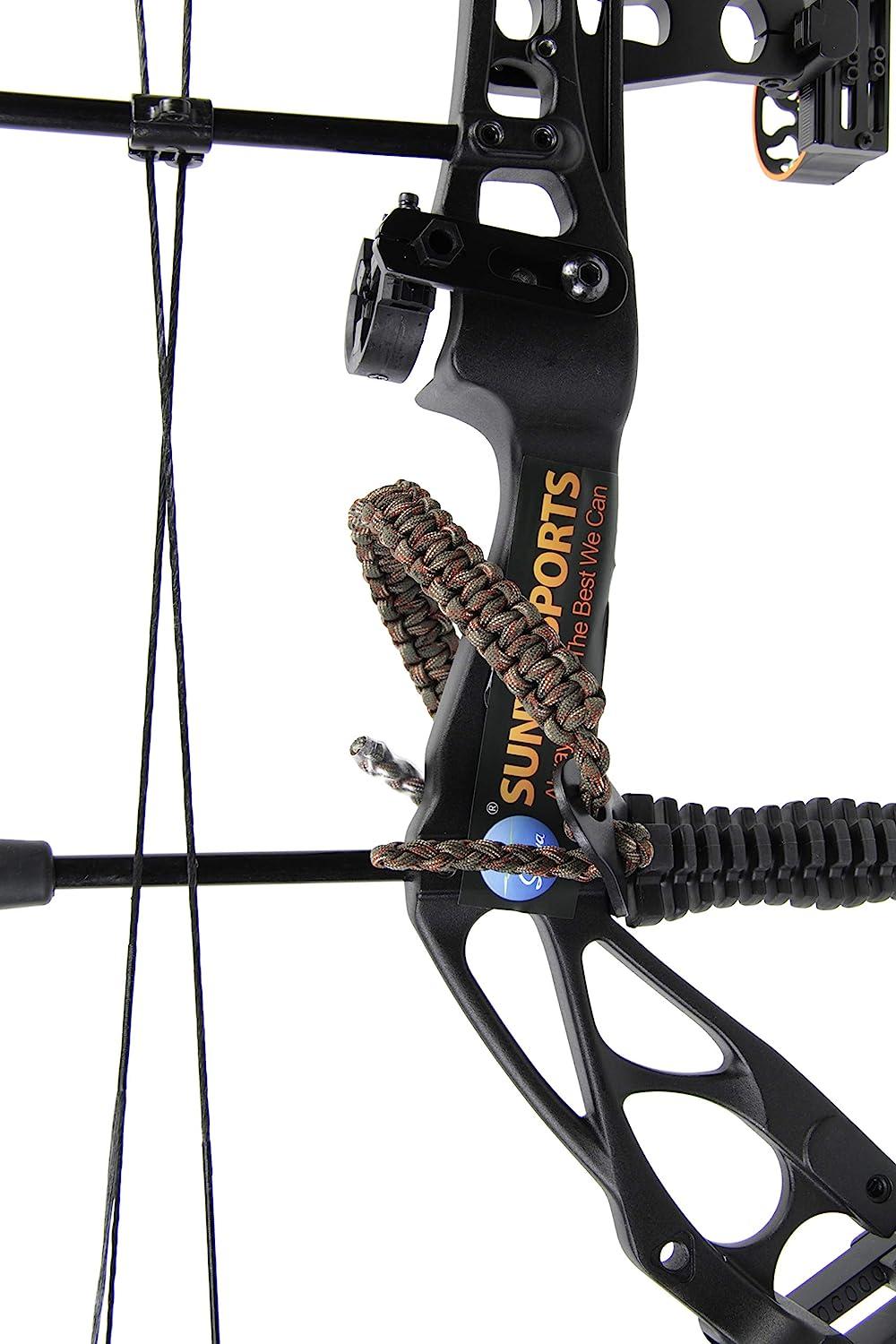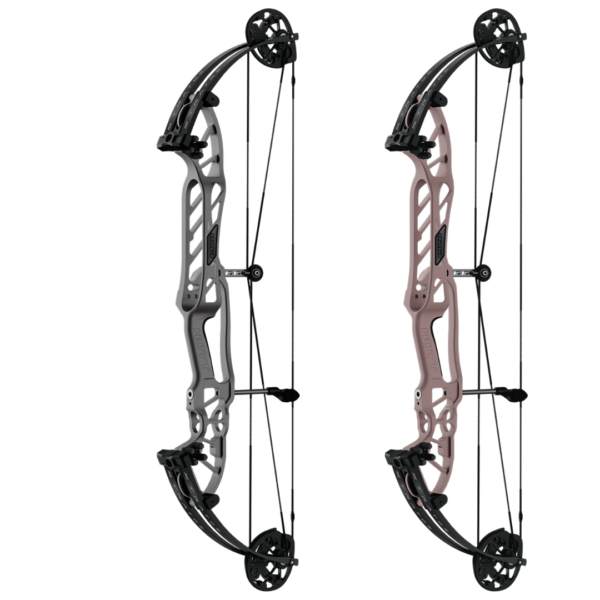Bow Stabilizer Buying Guide: Every Little Thing You Need to Know Before You Acquire
Bow Stabilizer Buying Guide: Every Little Thing You Need to Know Before You Acquire
Blog Article
Increase Your Archery Efficiency: The Ultimate Overview to Bow Stabilizer Arrangement
Among the various parts that add to accuracy and security, the bow stabilizer plays an essential role in refining your shot implementation. Comprehending how to maximize your bow stabilizer configuration can lead to significant renovations in your general precision and uniformity on the range or in the area.
Understanding Bow Stabilizers
In the world of archery devices, the role and feature of bow stabilizers stand as necessary components for enhancing shooting precision and stability. Bow stabilizers are designed to lessen bow torque, decrease resonances, and assist in holding the bow constant during the intending and release procedure. By attaching a bow stabilizer to the riser of the bow, archers can experience better balance and lowered hand shock, leading to even more exact and consistent shots.
The key purpose of a bow stabilizer is to moisten any kind of vibrations that take place upon launching the arrowhead. This reduction in resonance not just enhances the shooter's convenience but additionally helps preserve emphasis and control throughout the shot cycle. Additionally, bow stabilizers help in reversing the weight of devices affixed to the bow, such as views, quivers, and arrowhead rests, making certain optimum weight circulation for boosted security.
Comprehending the auto mechanics and advantages of bow stabilizers is crucial for archers seeking to adjust their shooting efficiency and achieve better accuracy on the variety or in the area.

Choosing the Right Stabilizer Weight
Choosing the proper weight for your bow stabilizer is a critical element of enhancing your archery arrangement for improved capturing performance. The stabilizer weight straight affects exactly how properly the stabilizer lowers resonance and stabilizes your bow during the shot. When choosing the appropriate stabilizer weight, it's important to consider your capturing style, bow balance, and personal preferences.
Lighter stabilizers, normally considering in between 3-6 ounces, are preferred by archers that focus on ability to move and quick target purchase. These stabilizers are suitable for seekers or those that shoot in difficult terrains where mobility is key. On the various other hand, much heavier stabilizers, varying from 8-12 ounces or more, are chosen by target archers seeking optimum stability and minimized bow motion. The added weight helps hold the bow steadier throughout the intending process and decreases the results of torque on the bow.
Inevitably, the very best stabilizer weight for you will rely on your capturing goals and choices. Trying out different weights and locating the one that offers the optimum balance of stability and ability to move is essential to boosting your archery performance.
Setting Up Your Bow Stabilizer
To correctly mount your bow stabilizer, make sure that you have all the required devices and comply with these detailed guidelines for a protected and effective configuration. Start by identifying the front stabilizer bushing on your bow riser. A lot of bows have pre-threaded openings for stabilizer installation. Next, apply a small amount of bowstring wax to the strings of the stabilizer bolt to stop it from loosening during usage.
Meticulously string the stabilizer into the front bushing by hand, seeing to it not to cross-thread it (bow stabilizer). As soon as the stabilizer is snugly in location, utilize an ideal wrench to tighten it firmly. Stay clear of over-tightening, as this can trigger damages to the bow or stabilizer
After installing the stabilizer, check to guarantee it is straight and straightened with the bow. Some stabilizers come with flexible weights or dampeners; readjust these according to your choices and shooting design. Examination the bow to ensure the stabilizer is properly decreasing vibration and enhancing your shot uniformity.
Readjusting Stabilizer Placement for Precision
After mounting the bow stabilizer safely, enhancing its setting is important for enhancing precision in your capturing. The placement of the stabilizer can dramatically influence the equilibrium and stability of your bow throughout the shot cycle. To readjust the stabilizer for optimum precision, begin by exploring with different placements. Relocating the stabilizer better to the riser can help minimize the bow's total weight distribution, potentially improving your aiming security. Alternatively, prolonging the stabilizer even more out can enhance the bow's mercy and reduce the impacts of browse around this web-site torque on the shot.
When changing the stabilizer position, take into consideration the kind of shooting you do. For target archery, a longer stabilizer positioned additionally out might be beneficial for added security throughout the aiming procedure. On the other hand, seekers may favor a shorter stabilizer for better ability to move in the area. Remember to make small adjustments and examine your configuration after each adjustment to establish the optimum setting for your capturing style and choices.
Fine-Tuning Your Stabilizer Configuration

Furthermore, think about the positioning of any type of dampeners or weights along the stabilizer rod. Moving these components closer to or even more from the riser can alter the stabilizer's overall effect on your bow's balance. Fine-tuning these information can help in reducing vibration, minimize hand shock, and boost general control throughout the shot execution.
On a regular basis reassess your stabilizer arrangement as your capturing strategy progresses to ensure it continues to complement your kind and capturing goals. By finetuning your stabilizer setup with precision and care, you can maximize your bow's efficiency and elevate your archery skills to brand-new heights.
Conclusion
In final thought, maximizing your bow stabilizer setup is essential for enhancing your archery performance. By understanding the objective of stabilizers, selecting the suitable weight, correctly placing the stabilizer and setting up, and fine-tuning its arrangement, you can enhance your accuracy and consistency in capturing. Make the effort to try out various configurations and adjustments to find the go to the website configuration that functions best for you and aids you accomplish your archery objectives.
Bow stabilizers are created to minimize bow torque, minimize vibrations, and aid in holding the bow consistent during the aiming and launch process. By affixing a bow stabilizer to the riser of the bow, archers can experience improved equilibrium and minimized hand shock, resulting in look at this web-site more constant and precise shots.

The stabilizer weight straight affects how successfully the stabilizer lowers vibration and supports your bow throughout the shot. bow stabilizer. By recognizing the function of stabilizers, picking the ideal weight, properly placing the stabilizer and installing, and tweak its arrangement, you can enhance your accuracy and consistency in shooting
Report this page